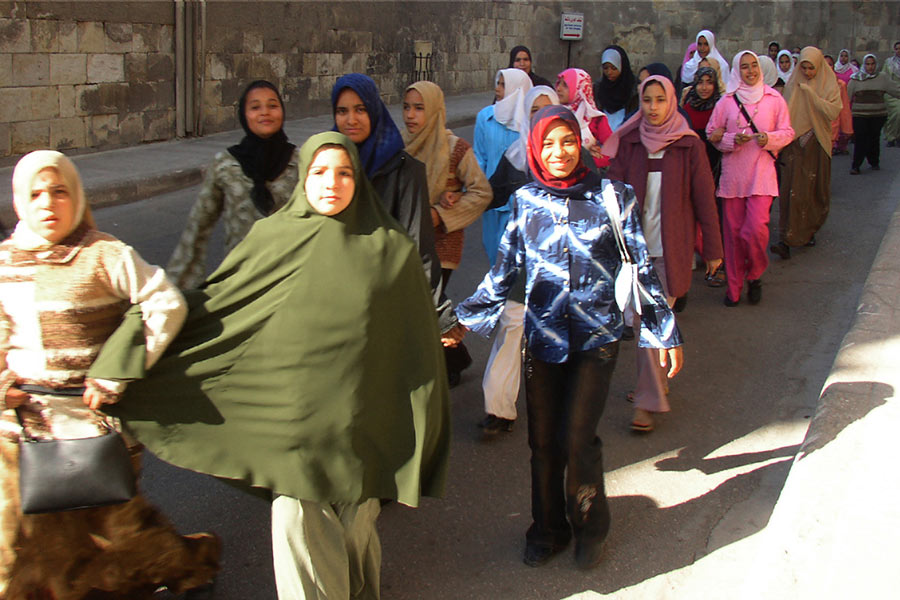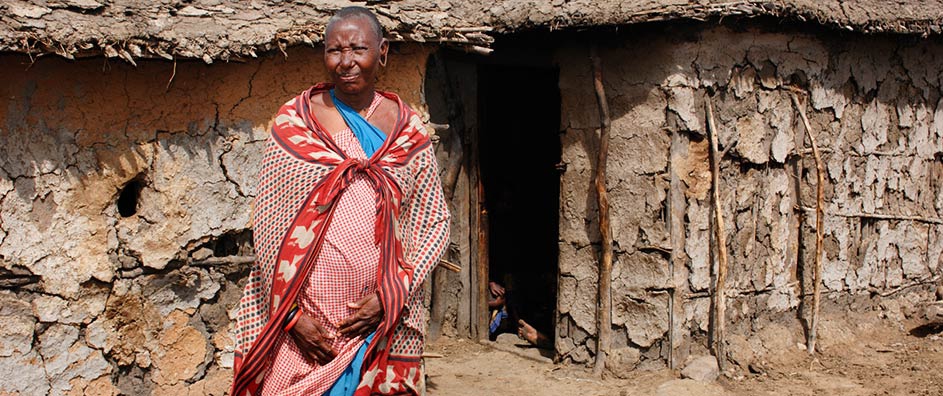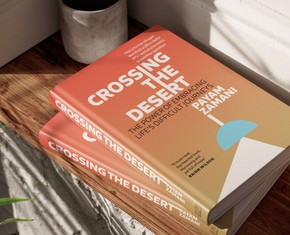The views expressed in our content reflect individual perspectives and do not represent the authoritative views of the Baha'i Faith.
I have a friend whose wife died giving birth to their first child. He suddenly, at the exact time he anticipated as his most joyous moment, lost the love of his life. He has never really recovered.
When mothers die in childbirth, it creates a triple tragedy. It leaves the husband alone and bereft, it creates at least one motherless child, and it deprives the entire family of the future love and guidance of their mother. Often families don’t remain intact after a maternal death.
In a 1912 talk Abdu’l-Baha gave to a group of prominent Northern California women at the Century Club in San Francisco, he alluded to this triple tragedy:
Especially under difficulties and ordeals is woman more patient and long-suffering. When a father dies, leaving five children for the poor mother to rear, she patiently does it, educating them, and giving them that which no other creature can give — the affection peculiar to her mother nature. But in the reverse case it is very seldom that a father performs those duties, and in most instances the children become as orphans and the home is disrupted; but a mother would care for them, guarding them until they had reached maturity, and would give them that which a father could not give. Woman, in rendering such worthy service to humanity, often endures the greatest hardship. Therefore man should be exceedingly grateful to her, and should not claim superiority. – from the notes of Ella Cooper.
Experts have long known what a terrible burden maternal mortality can deliver to children, families and the fabric of society itself. That’s part of the reason the United Nations’ Millennium Development Goals included improving maternal health as one of eight major objectives. The goal: to reduce maternal mortality rates by three-quarters. Did we reach the goal? In the past fifteen years the world did make significant progress on this crucial issue, but that ambitious maternal health goal fell somewhat short:
Since 1990, the maternal mortality ratio has declined by 45 per cent worldwide, and most of the reduction has occurred since 2000.
In Southern Asia, the maternal mortality ratio declined by 64 per cent between 1990 and 2013, and in sub-Saharan Africa it fell by 49 per cent.
More than 71 per cent of births were assisted by skilled health personnel globally in 2014, an increase from 59 per cent in 1990.
In Northern Africa, the proportion of pregnant women who received four or more antenatal visits increased from 50 per cent to 89 percent between 1990 and 2014.
Contraceptive prevalence among women aged 15 to 49, married or in a union, increased from 55 per cent in 1990 worldwide to 64 per cent in 2015. – from the UN MDG 2015 Report
Much maternal mortality comes from the fact that one in four babies worldwide are delivered without the assistance of skilled health caregivers, including doctors, nurses and midwives. The UN MDG Final Report says “Progress in raising the proportion of births delivered with skilled attendance has been modest over the course of the MDG time frame, reflecting lack of universal access to care.” This complex problem, further complicated by the shortage of skilled caregivers in developing regions, will take much more effort to solve.
But it can be done, and I’ve seen it happen. Our daughter Katy, a Baha’i and an international education specialist who worked for non-governmental charitable aid organizations in Afghanistan for five years, helped run a unique program that taught literacy to Afghan women with the help of midwifery textbooks. Afghanistan has one of the highest infant and maternal mortality rates in the world, not only because it lacks enough skilled caregivers, but because religious and cultural taboos often prevent pregnant women from consulting with male physicians or nurses—and that same culture, predictably, produces very few female physicians or nurses. Pregnant women often have no choice but to rely on unskilled practitioners and female relatives when their labor begins, and as a result often die in childbirth.

Over the course of three years, Katy’s staff trained 7500 native Afghan women as midwives, giving them their first formal education and certifying them to deliver babies. As a result of that program and others, Afghanistan’s maternal and child mortality rates have dropped dramatically.
The World Bank now reports that Afghanistan’s maternal mortality rates decreased significantly between 2002 and 2013, from 1,600 per 100,000 to 327 per 100,000, while the child mortality rate fell from 257 per 1,000 to 97 per 1,000, and the infant mortality rate decreased from 97 per 1,000 to 77 per 1,000. In just a decade, creative maternal health programs like our daughter’s saved the lives of new mothers by the thousands.
This proves that even in the world’s most troubled, poverty-stricken and conflict-ridden places, we can find ways to solve maternal and child mortality problems. These remedies exist; we only need the will and the budgets and the unity to allow them to happen. Baha’is believe that these kinds of solutions come from a new forward leap in the human condition, brought about by the renewal of religion and the increasing global unity it makes possible:
The ocean of divine mercy is surging, the vernal showers are descending, the Sun of Reality is shining gloriously. Heavenly teachings applicable to the advancement in human conditions have been revealed in this merciful age. This re-formation and renewal of the fundamental reality of religion constitute the true and outworking spirit of modernism, the unmistakable light of the world, the manifest effulgence of the Word of God, the divine remedy for all human ailment and the bounty of eternal life to all mankind. – Abdu’l-Baha, Foundations of World Unity, p. 10.
Next: Working toward the Extermination of Disease
















Comments
Sign in or create an account
Continue with Googleor